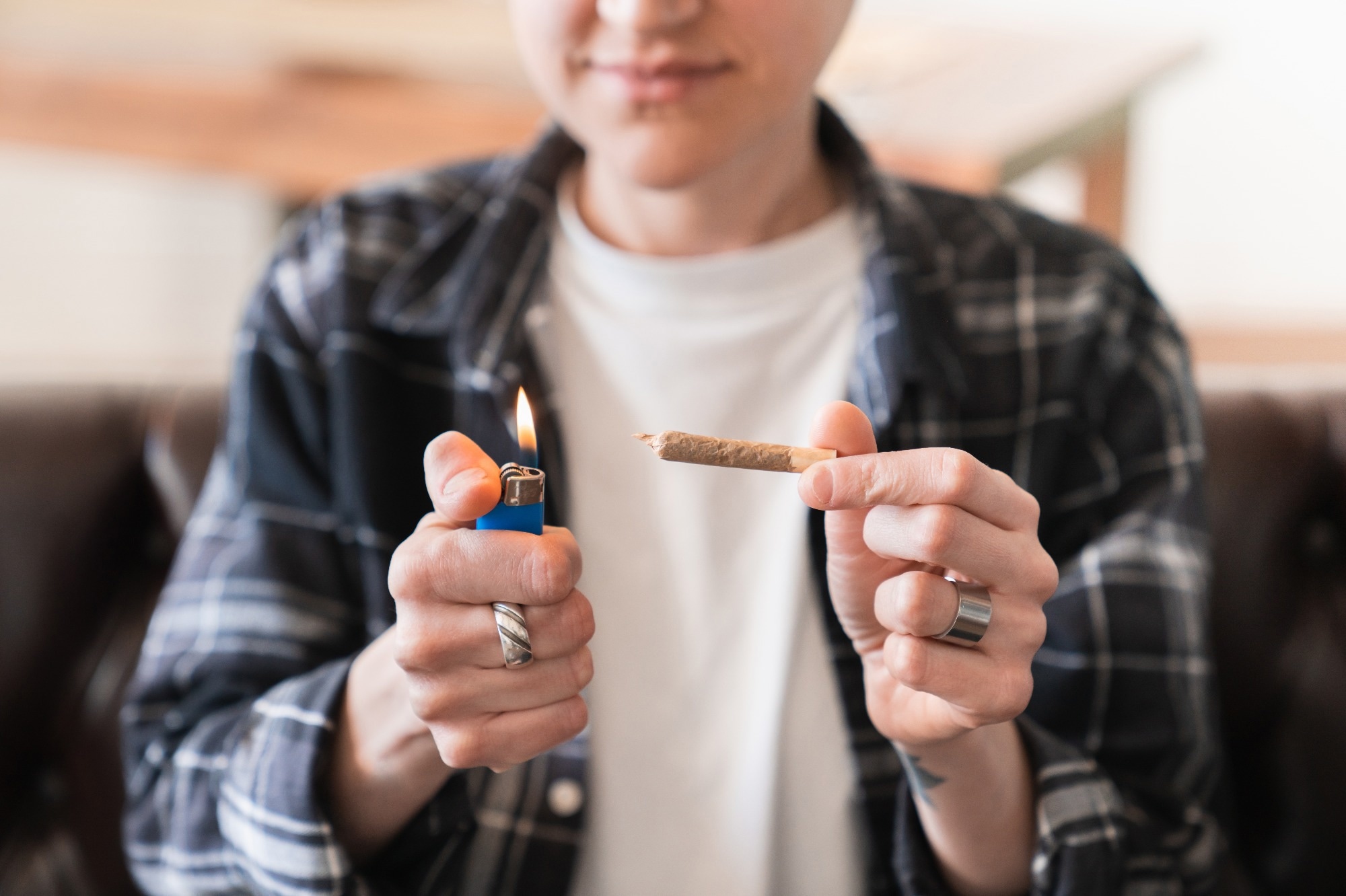
It’s Complicated: Let’s Dig In
You know that moment—right before a health checkup or a new job drug test—when you suddenly panic about everything you’ve smoked, eaten, or even just been around? Maybe you’re one of the millions who use weed to wind down, and now you’re wondering… is cotinine in weed? And if so, will that mess up my nicotine test? If you’re asking this, trust me, you’re not alone.
Let’s untangle the science, the surprise overlaps, and the stuff even seasoned wellness folks miss. But hey, I’ll keep it real: this isn’t going to be a boring textbook breakdown. We’re talking straight, with small stories, a few laughs, and tips you can actually use.
Why Cotinine is a Big Deal
Wait—why does everyone care about cotinine?
Cotinine isn’t just some obscure lab chemical. It’s the body’s main clue that you’ve been using nicotine—it’s what your system turns nicotine into, and it sticks around much longer than nicotine does. That means when a doctor or insurer orders a “nicotine/cotinine test,” what they’re actually looking for is, you guessed it, cotinine.
That’s why so many forms ask if you’re a “non-smoker” even if you quit weeks ago; cotinine can linger, whispering tobacco secrets long after nicotine is gone. And it’s not just about being nosy—health pros know that cotinine, being a byproduct of nicotine, is connected to all the risks that come with tobacco use, like poor healing after surgery, increased heart risks, and so on. Not fun.
For a deep dive into exposures, check out What all contains cotinine. Even if you have nothing to hide, you might pick up a few “wait, seriously?” facts.
How’s cotinine show up in tests?
I’ll give you the quick version: cotinine testing is super reliable for finding out if someone’s used nicotine—kind of like a superpersistent ghost haunting your pee, saliva, or blood for up to several days. That means if there’s any nicotine in your system (not just cigarettes—vapes, nicotine gum, patches, even some e-cig liquids), cotinine will rat you out. But what does that mean for cannabis users?
Where Weed and Cotinine Collide
Is cotinine in weed—naturally?
Let’s get to the heart of it: pure weed does not contain nicotine, and therefore doesn’t have cotinine naturally according to medical news resources. Cotinine only shows up when your body breaks down nicotine—which mainly comes from tobacco, not cannabis.
If you’re rolling up with just ground herb, no tobacco, then by all science, you’re not getting cotinine from your weed according to medical news today’s review. (So, no, weed isn’t going to make you fail a nicotine test because of “hidden cotinine”—unless you’re mixing in something else.)
Here’s where the waters get murky: mixing and contamination
Story time: A friend, let’s call him Dave, swore off cigarettes years ago. Celebratory, right? But during a routine insurance screening, boom—positive cotinine. He was panicking, convinced nicotine specters haunted his apartment. Turns out, Dave had a ritual of rolling joints with his buddies, and more often than not, someone was sneaking a sprinkle of tobacco in. That, or borrowing a grinder secondhand, can do it.
This phenomenon happens a lot. Many published studies found that people who smoke both tobacco and marijuana often show much lower cotinine levels than tobacco-only smokers—maybe because cannabis could alter how nicotine is metabolized in the liver or how it’s absorbed according to the pharmacology and biochemistry research. But that doesn’t mean weed creates cotinine—it means that combining them messes with your body’s math.
If you’re a blunts fan (weed rolled in cigar wraps), or if you use pre-rolls that say “herbal blend,” don’t be shocked if tests detect cotinine. The tobacco’s the culprit, not the cannabis.
Testing Tangles: When Weed Looks Like Nicotine (But Isn’t)
Why do weed users sometimes test “nicotine positive”?
This is the land of technicalities and “gotchas.” Sometimes people who use weed—especially in social, shared situations—turn up with elevated cotinine (and thus, look like nicotine users) on medical tests. There are a few reasons:
- You’re using weed mixed with tobacco—blunts, spliffs, some vapes, etc.
- Cross-contamination (shared grinders, trays, pipes that have held tobacco products).
- In rare cases, products mislabeled as “pure cannabis” can have nicotine traces, especially with the less-regulated market in some areas.
But straight-laced, pure cannabis—be it flower, edibles, or oil—shouldn’t give you a cotinine reading. It’s not in the plant. For a nerd-out (or if you’re just paranoid about screenings), Does weed show up on a nicotine test breaks it down for everyday folks.
What if I’m vaping?
Vaping brings another twist. Some cannabis “vape carts” on the market are sold next to nicotine vapes, and, in theory, could be filled with whatever the seller wants. If you accidentally grab a vape with nicotine or use the same pen for both nicotine and weed, that cross-contamination becomes a real issue.
Plus, as a Rutgers study pointed out, people who use medical cannabis are way more likely to use nicotine products too—close to 40%! That’s about three times higher than the national adult smoking average according to research by Rutgers. So, if you’re part of that overlap, just know cotinine can show up, and it’s not the weed’s fault alone.
Let’s table it out: Cotinine by Habit
| Habit Type | Average Cotinine Level (ng/ml) | What It Means |
|---|---|---|
| Only Tobacco | ~330 | High, as expected from regular nicotine use. |
| Tobacco + Marijuana | ~260 | Lower than tobacco-only, likely due to metabolic interaction. |
| Marijuana Only | Negligible | No natural cotinine. Any present means contamination or mixing. |
Does Weed Show Up On a Nicotine Test?
So… if you use weed, will you fail a nicotine test?
Breathe out. Short answer: If you’re only using pure weed (no mixing, no shared pipe with tobacco), the test looks for cotinine—so weed will not make you fail a nicotine test. The lab is searching for that nicotine byproduct, not THC or CBD.
But if you’re worried, check out does weed show up on a nicotine test for details and honest scenarios—because the “rules” can change if you’re in a group, at parties, or not 100% sure of the product’s source.
Mixed use: the real red flag
This is the bit insurers and health pros watch for. According to insurance research and industry blogs, tobacco users are five times more likely to test positive for THC (the “active” in weed), and vice-versa. It’s not that smoking weed creates cotinine, but if both are present, it can signal heavier overall substance use, which raises red flags for insurance rates, post-surgery healing, or even athletic recovery as noted in insurer lab findings.
I once met someone in marathon training whose cotinine positive test cost them a race spot. Turns out, once-a-month blunts with a running crew (who always mixed) kept her flagged, even though her own training was squeaky clean otherwise. Wild, right?
Pulling Back the Curtain: Why All This Matters
More than just tests: health matters
Heavy or chronic use of either tobacco or marijuana is a lot more than just a test problem. Both can mess up your wellness game in different ways. Recent studies show that any kind of smoking—weed or cigarettes—can damage your lungs, slow down healing, and, for people heading for surgery, can be a risk for infections or slow tissue repair as seen in patient results and heart health warnings.
There’s also this wild statistic: people who use medical weed are much more likely to smoke or vape nicotine, even if they’re trying to quit tobacco. Talk about a tough circle to break…
What does this mean for your fitness goals?
If you care about your health, sleep, or performance (and let’s be real—who doesn’t?), it’s worth knowing what’s in your blend. Cutting out tobacco, even in small amounts, is a strong step for breathing easier, bouncing back faster after workouts, or just getting insurance to stop raising an eyebrow every time you come in.
If you’re aiming for something like a nicotine-free certification at work, knowing the answer to “is cotinine in weed?” could be the line between a pass and a missed opportunity.
Quick tip: Check the label, know the blend!
- Pre-rolls: Check for “herbal blend” (could = tobacco).
- Shared grinders, trays, pipes: Clean well and don’t share with tobacco users if you want to stay clean.
- Vaping: Make sure it’s a cannabis-only cart if you’re avoiding nicotine.
Conclusion: Your Next Steps (and a Pep Talk)
So—”Is cotinine in weed?” Trust me, you can stop worrying about passing a nicotine test from just using cannabis. If you’re using pure forms, there’s no cotinine. But if you’re team blunt, joint-sharing, or anything with even a hint of tobacco… watch out. Your wellness, performance, and even your insurance rates could get tangled in your social habits, not just your solo ones.
My honest advice? Review your routines. Ask what’s in your stash, be picky with your accessories, and if testing is on the horizon, play it safe for a bit. Chat with your doc or wellness mentor if you’re making changes—and if you crave details, those deep dives at what all contains cotinine or does weed show up on a nicotine test are goldmines for “just in case” scenarios.
Consider this your call to action: If you’re ready to move toward clearer lungs (and maybe a cleaner test result), maybe skip those tobacco mixes next session. Your lungs, heart, and peace of mind will thank you—and hey, next time someone asks “Is cotinine in weed?” you’ll be the friend with the real answer. Deal?

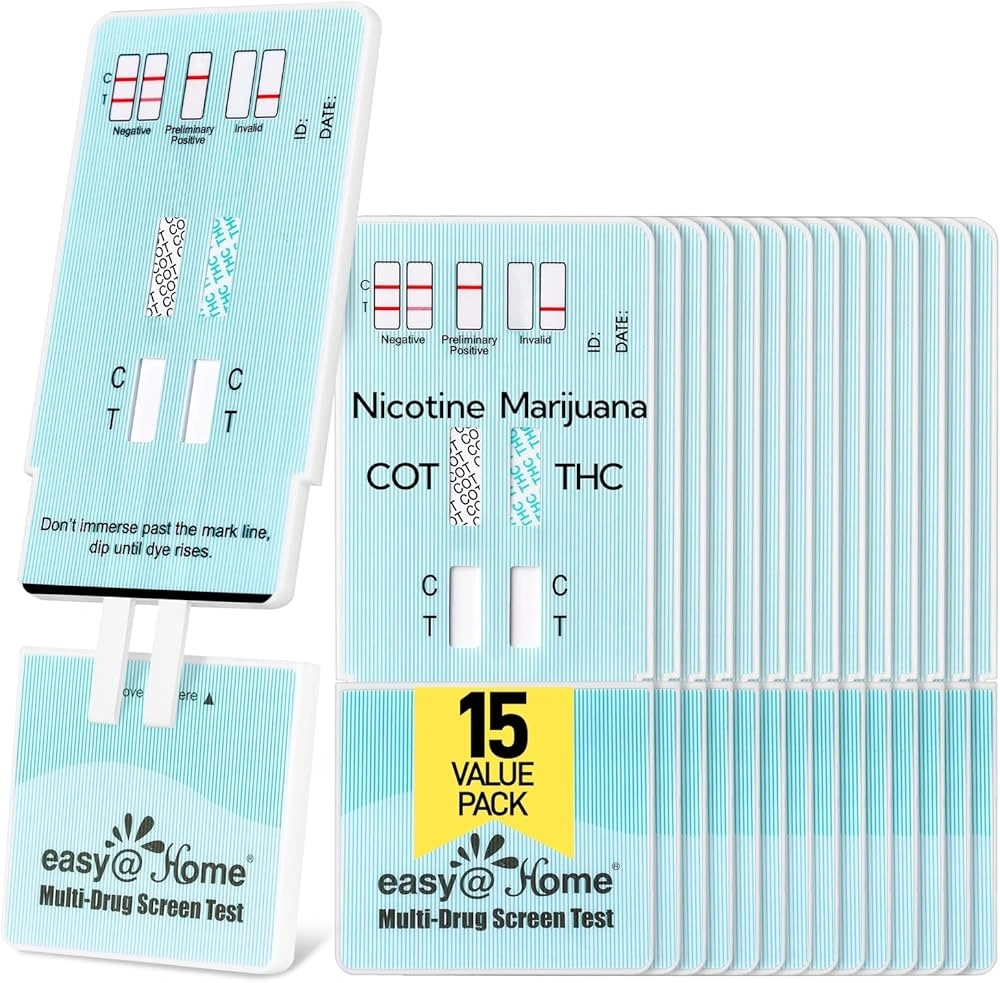








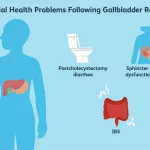

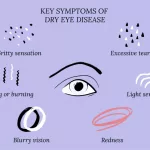


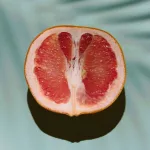


Leave a Reply
You must be logged in to post a comment.